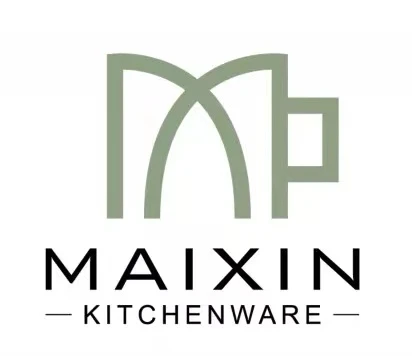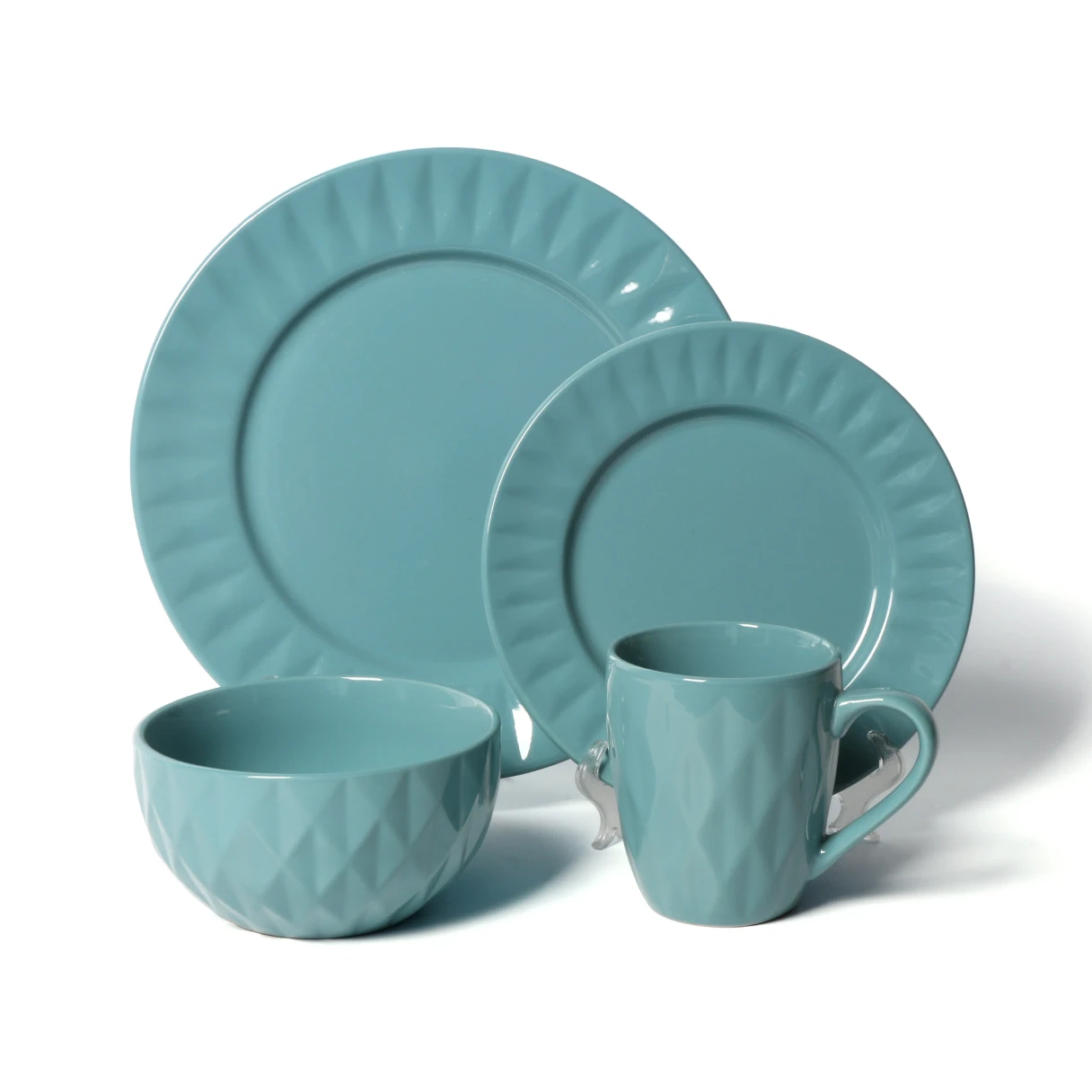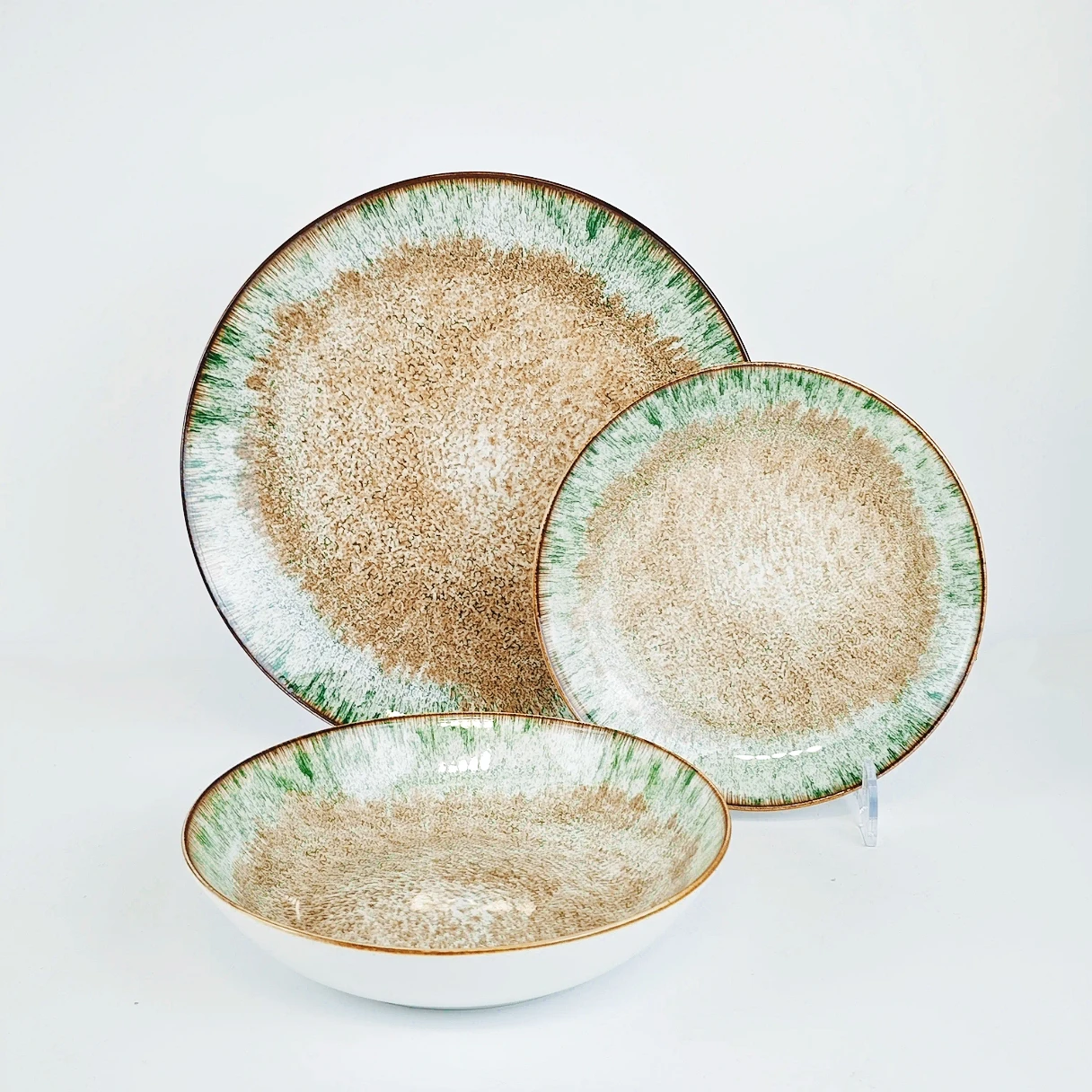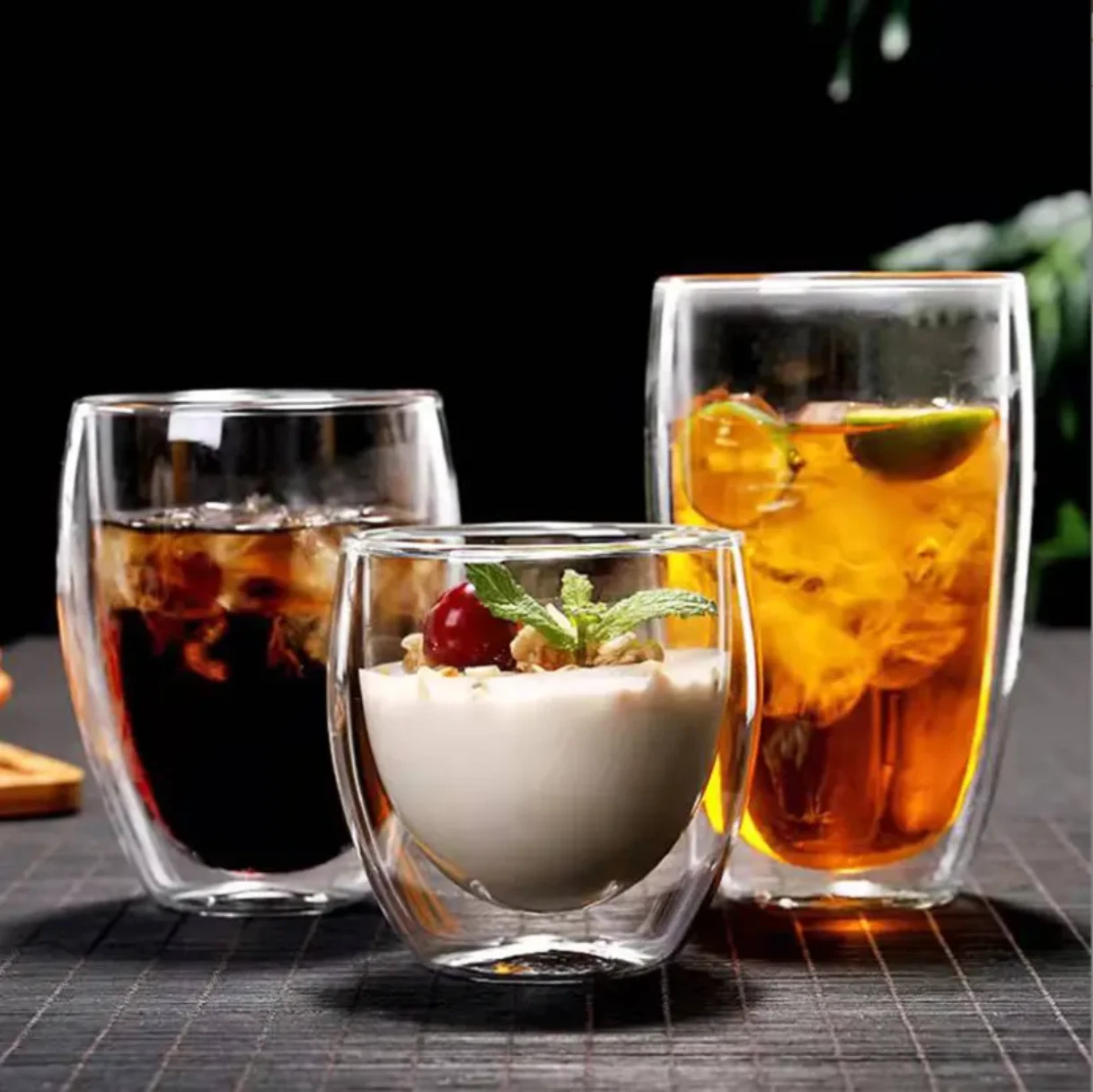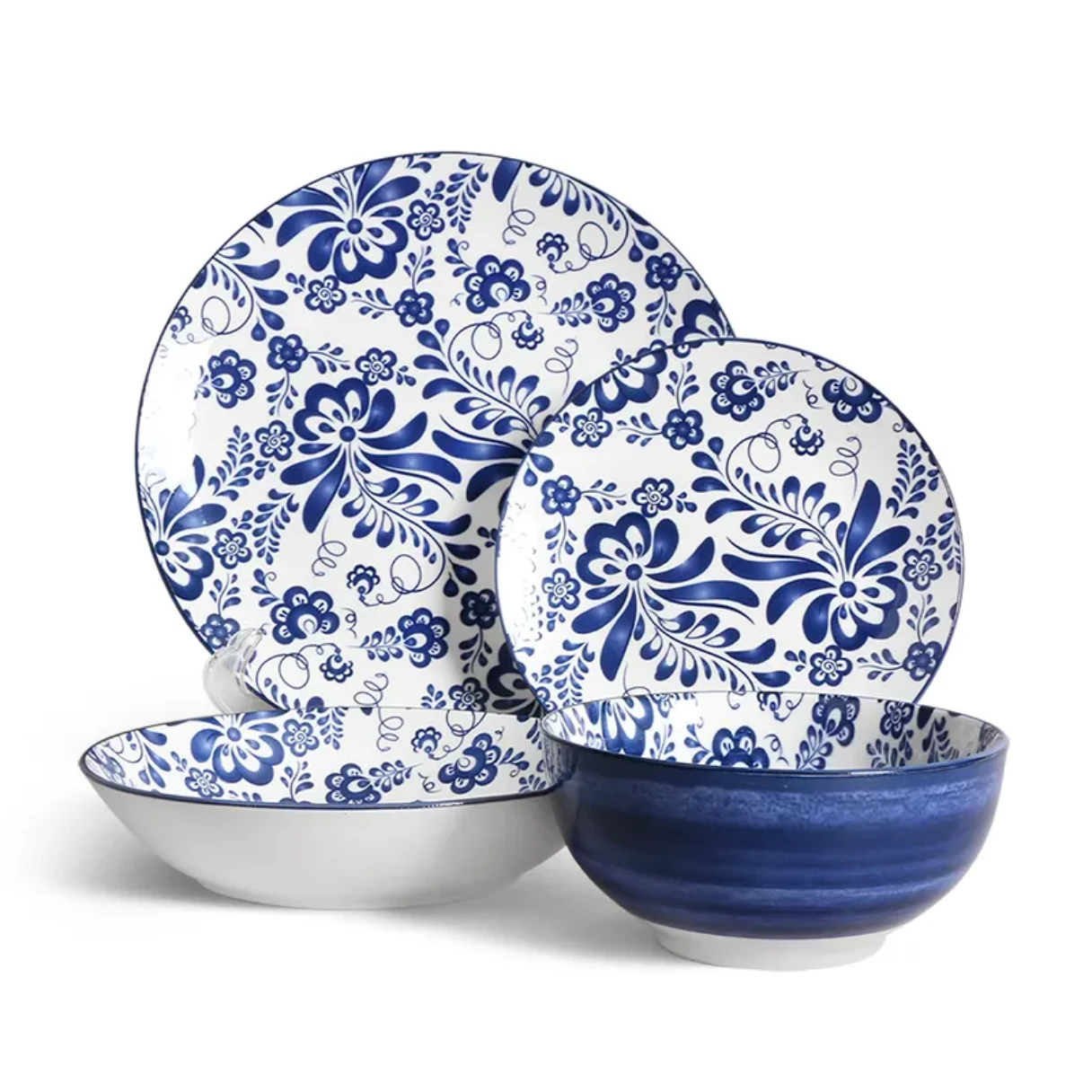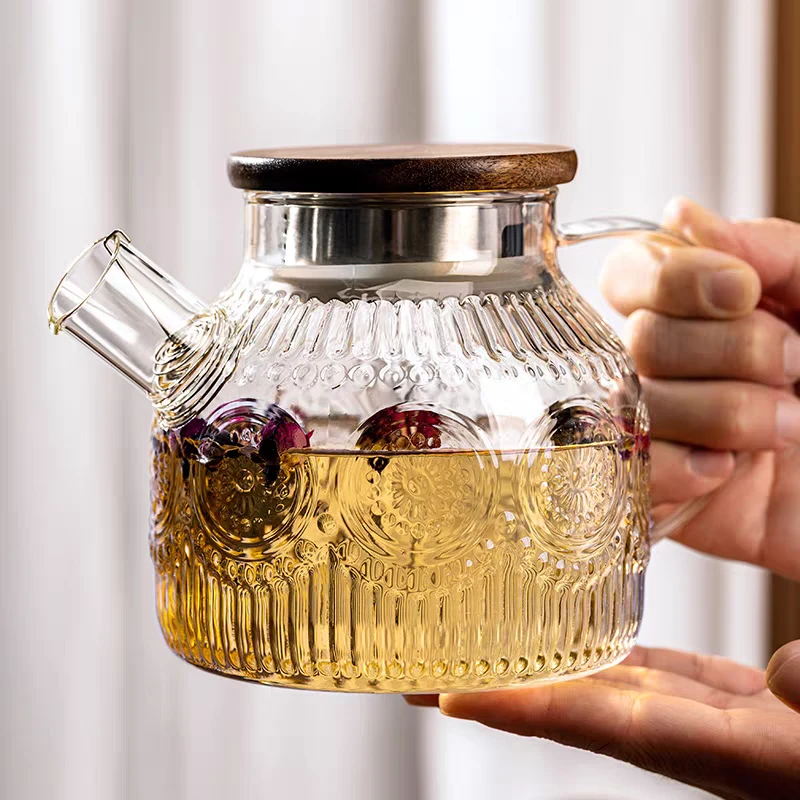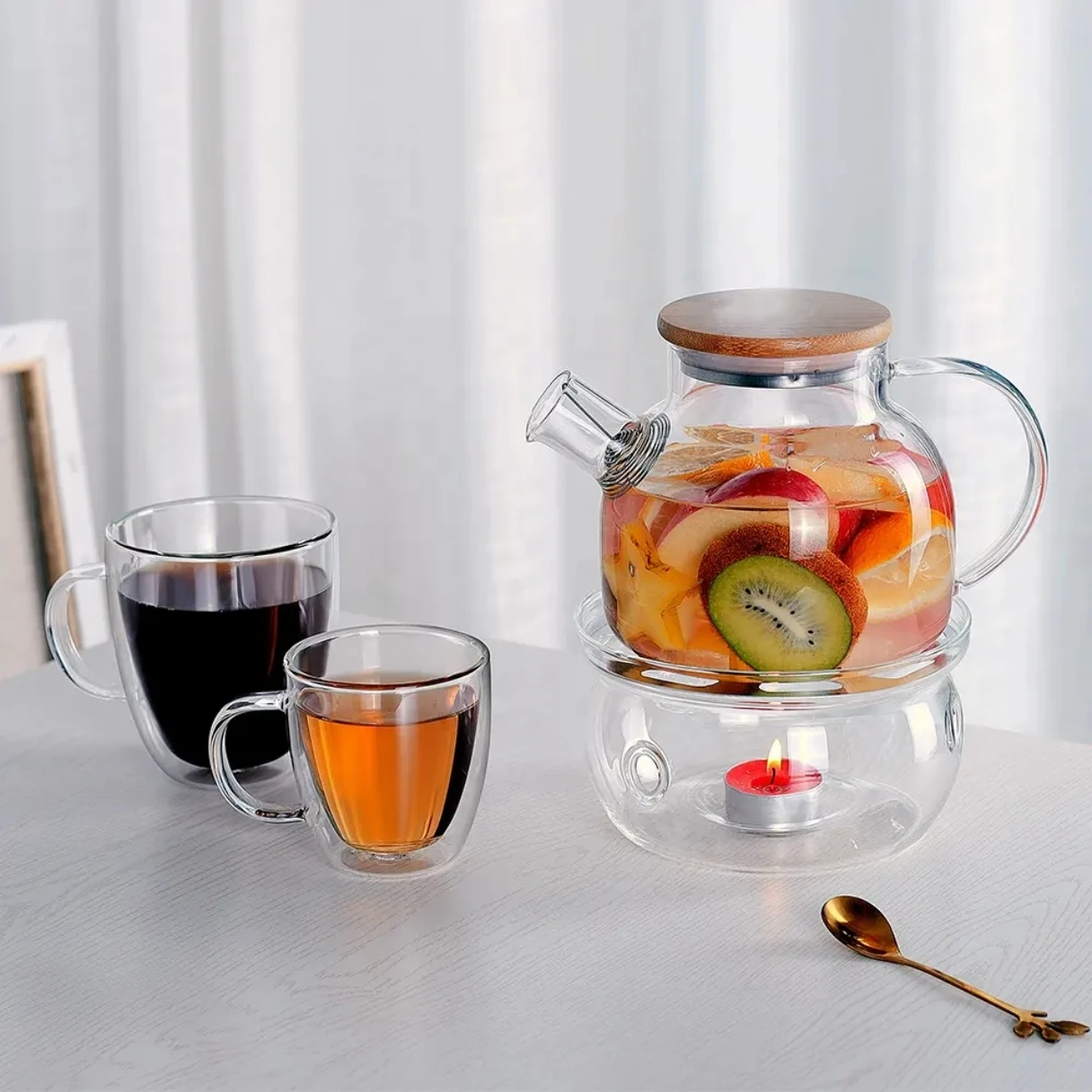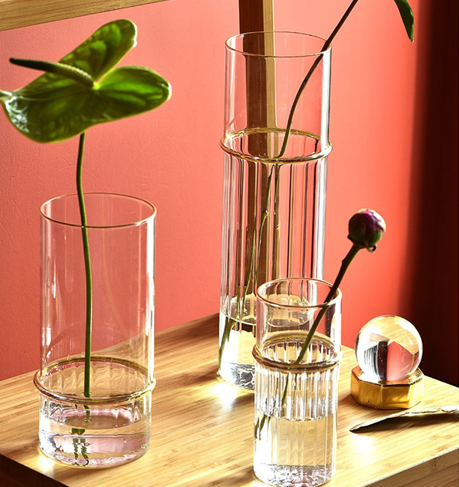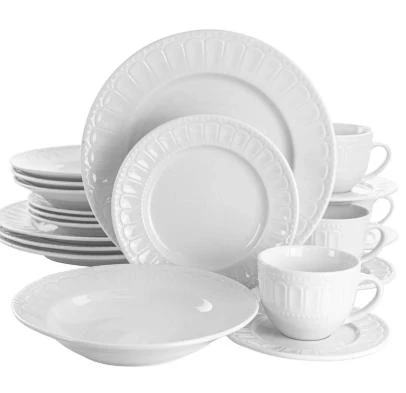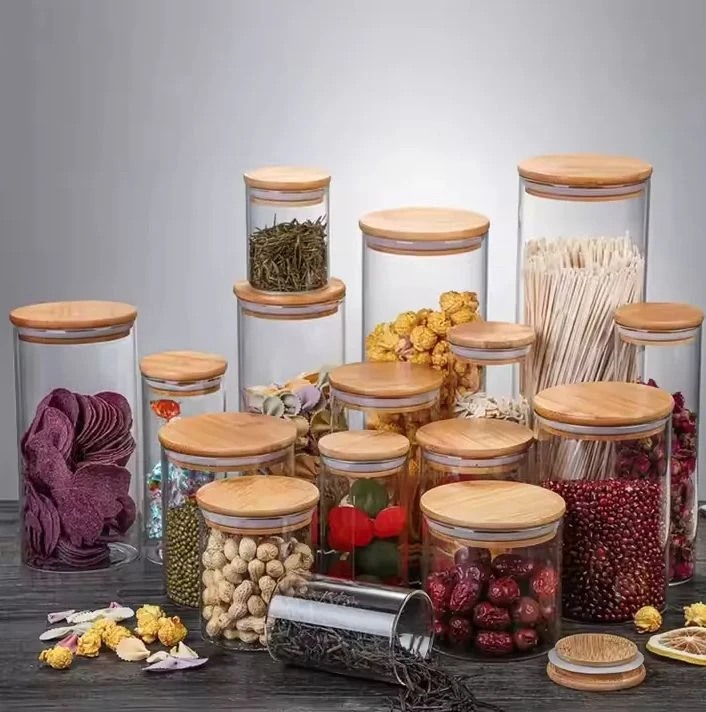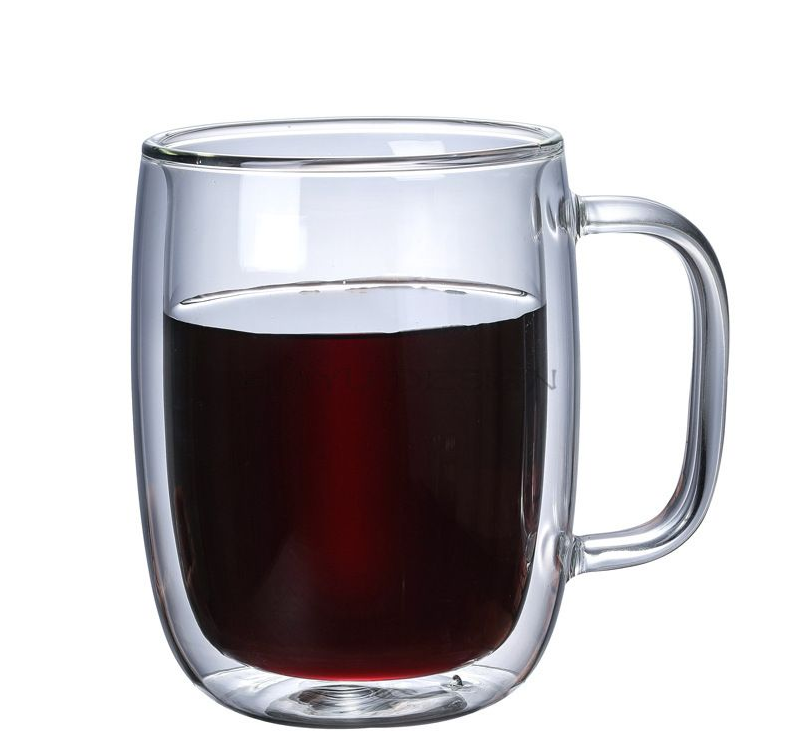- Introduction to glass jar with handle
and their growing popularity - Material innovation and technical superiority
- Comparative analysis of leading manufacturers
- Customization options and flexible solutions
- Application examples in various scenarios
- Market data, trends, and impact statistics
- Conclusion: Why choose a glass jar with handle for your needs
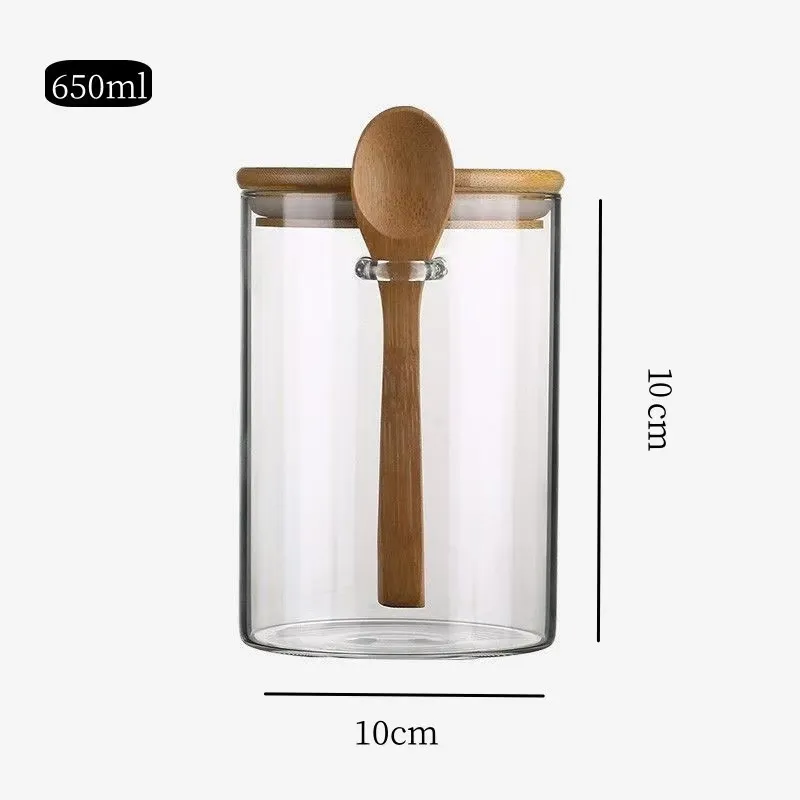
(glass jar with handle)
Introduction: The Evolution of the Glass Jar with Handle
Over the past decade, the glass jar with handle has transitioned from a niche kitchen item to a staple in both homes and hospitality industries. This shift is driven by changing consumer preferences toward reusable, eco-friendly products that marry function and style. Today’s market offers not just traditional mason jars, but also specialized variants including the large-capacity big glass cup with handle and the insulated double wall glass mug with handle, suited for both cold and hot beverages. Their rise in popularity is underscored by a 40% increase in searches for handled glass drinkware over the last five years, according to market trend studies. As consumers continue to prioritize sustainability and versatility, the appeal of handled glass jars is expected to surge in both personal and commercial applications.
Material Innovation and Technical Superiority
The pedigree of a glass jar with handle hinges on its material integrity and manufacturing finesse. Leading producers now leverage high-borosilicate glass, renowned for its remarkable thermal tolerance—withstanding temperature shifts from -20°C to 150°C without shattering. Innovations in double-wall insulation, primarily seen in products like the double wall glass mug with handle, have redefined drinkware by enhancing thermal retention by up to 70% compared to standard single-wall jars. Recent advancements also include reinforced handles—tested to endure over 50,000 lift cycles and resist slippage even when wet. The inclusion of lead-free and BPA-free certifications across major brands guarantees safety, making these jars suitable for daily use by all age groups. As factories invest in automated, precision-controlled furnaces, defect rates drop below 2%, surpassing industry averages and ensuring every piece meets stringent quality standards.
Comparative Analysis: Leading Manufacturers Side by Side
The quality of glass jars with handles varies significantly across producers. To aid in selection, the table below offers a detailed comparison of market leaders based on material grade, thermal resistance, durability, customization capabilities, and price per unit.
| Manufacturer | Glass Type | Thermal Resistance (°C) | Handle Strength (Cycles) | Customization | Eco Certification | Average Price (USD/Unit) |
|---|---|---|---|---|---|---|
| CrystalPure Glassworks | High-Borosilicate | -20~150 | 55,000 | Yes (Color, Logo, Shape) | Lead-free, BPA-free | 2.50 |
| EcoBrew Industries | Soda Lime | -10~90 | 30,000 | Yes (Basic Options) | BPA-free | 1.05 |
| GlassArtisans Co. | Double Wall Borosilicate | -20~120 | 52,000 | Extensive (Shape, Wall, Handle) | Lead-free | 3.15 |
| UrbanMason | Borosilicate Blend | -15~130 | 40,000 | Moderate (Color, Logo) | None | 1.75 |
This data reveals that high-end producers excel not only in thermal durability and eco-certification, but also provide a broader range of customization, allowing businesses and event planners to tailor jars to specific branding or functionality requirements.
Customization Options and Flexible Solutions
Today’s consumers and businesses crave options that cater to their distinct needs. Manufacturers rise to this challenge by providing a suite of customizations—ranging from capacity choices (200ml to 1200ml), to tailored handle ergonomics and personalized engravings. The explosion in demand for the big glass cup with handle in cafes and breweries, for instance, has generated a competitive market for unique oversized designs, some reaching over 1.5 liters in capacity. Heat transfer printing and sandblasting are increasingly popular for logo placement, delivering long-lasting, dishwasher-safe branding. Clients may also specify spout shapes, built-in infusers for tea, or silicone sleeve options for extra grip, making the glass jar with handle a versatile asset across diverse industries. The speed of prototyping has accelerated, with digital modeling cutting lead times from design to production by over 30%.
Application Cases: From Home to Hospitality
The versatility of handled glass jars shines in myriad application scenarios. In home kitchens, they elegantly serve everything from iced lattes to overnight oats, capitalizing on both their charm and practicality. Cafés and specialty coffee shops reported a 35% boost in customer satisfaction when switching to double wall glass mug with handle formats, citing better temperature control and enhanced beverage presentation. In hotels and resorts, customized jars double as statement-piece drinkware and as eco-conscious amenities—replacing disposable plastics entirely in certain chains. Event planners for weddings and corporate galas leverage large batches of custom-colored jars to create cohesive, Instagrammable themes. Industrial data backs this up: in a 2023 survey, 72% of commercial foodservice operators identified handled glass jars as a “must-have” item for product differentiation and sustainable service. Examples abound of innovative use: smoothie bars employ 800ml jars for layered parfaits, breweries use big glass cups with handles for artisanal beers, while catering companies bundle jars with lids and straws for on-the-go events.
Market Data, Trends, and Impact Statistics
The market for glass jars with handles is projected to exceed $2.3 billion globally by 2026, with a CAGR of 6.4% from 2022, driven by shifts in consumer habits and regulatory moves against single-use plastic. North America leads consumption with 31% of market share, closely followed by Europe at 27%, where sustainability standards are particularly strict. Notably, over 80% of new product launches in drinkware since 2021 have included at least one handled glass variant. Life cycle assessments show that a standard glass jar with handle, reused for just two years, offsets the carbon footprint equivalent to 146 single-use cups. Technologically, double wall glass mug with handle designs have reduced beverage cooling rates by up to 60%, making them essential for premium coffee and tea houses seeking to optimize customer experience. These data points reinforce the rationale behind the global pivot toward glass jars with handle in both personal and commercial spheres.
Conclusion: The Enduring Value of Glass Jar with Handle
Whether for home use, hospitality, or promotional branding, the glass jar with handle is an investment in both utility and aesthetics. Rigorous technical benchmarks—like enhanced thermal stability and robust handle construction—set high standards for product performance. Market leaders offer significant advantages in material technology and customization, empowering users to find solutions uniquely suited to their operational or personal needs. As real-world application cases confirm, these jars consistently deliver on versatility, safety, and style. With eco-conscious practices at the forefront and strong supporting data on sustainability and customer satisfaction, choosing a glass jar with handle emerges as a forward-thinking, practical decision for anyone seeking reliability and impact in modern drinkware.
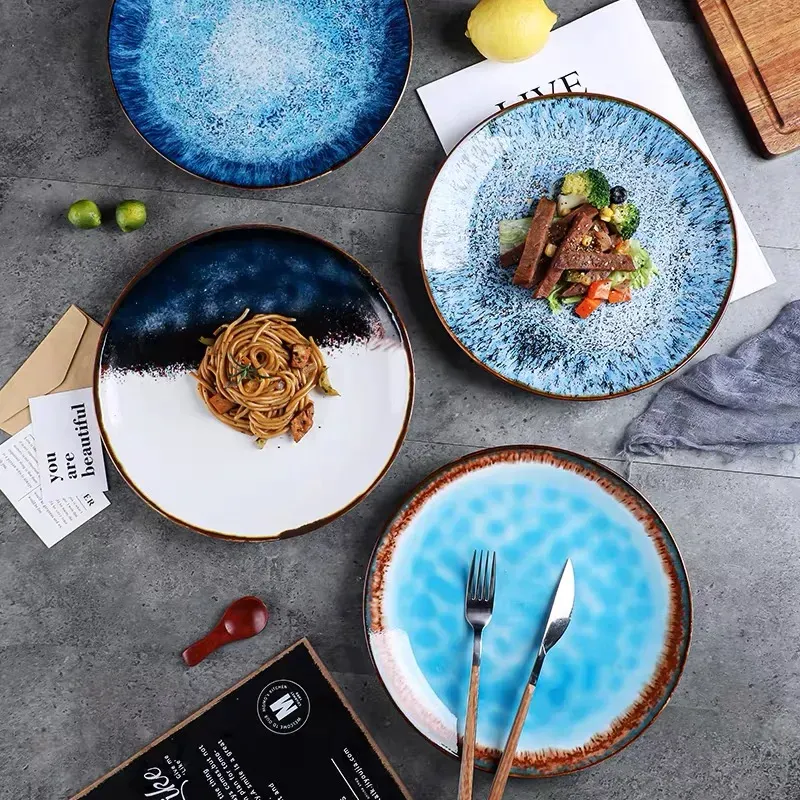
(glass jar with handle)
